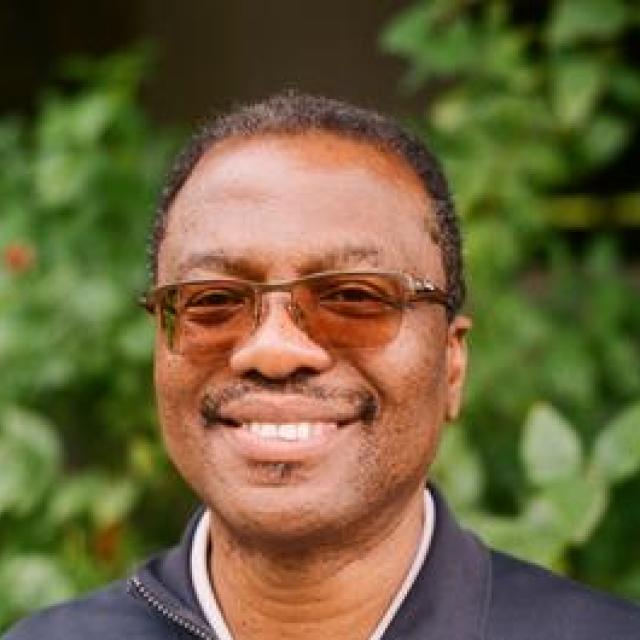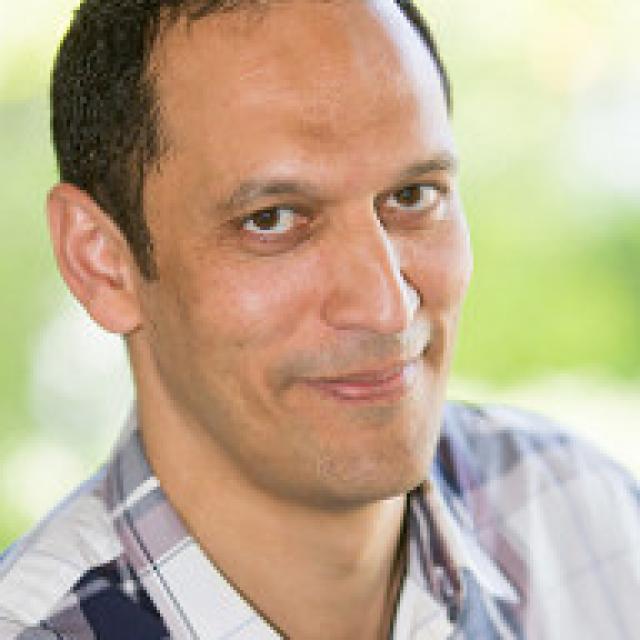8th Pacific Northwest PDE Meeting
Topic
This is one of the collaborative activities that is spearheaded by the PIMS Collaborative Research Group in PDE.
Speakers
Details
Gangbo, Gui and Esedoglu will be around for a week or so in January as part of the CRG. There will be a dinner party hosted at Nassif's house in the evening of January 17th to which all attendees are invited.
Location: MATX 1100 (map)
- 9:30 - 10:00 Coffee Break
- 10:00 - 11:00 Gangbo
- 11:00 - 12:00 Slim
- 12:00 - 1:30 Lunch
- 1:30 - 2:30 Milakis
- 2:30 - 3:30 Esedoglu
- 3:30 - 4:00 Coffee Break
- 4:00 - 5:00 Gui
- 7:00 Dinner at Nassf's house
Abstracts:
Wilfrid Gangbo (Georgia Institute of Technology), A Weak KAM theorem for the nonlinear Vlasov equation
We extend the so-called Mather theory to a class of PDEs which can be expressed as infinite dimensional Hamiltonian systems. We establish the analogue of the weak KAM theory. As an application, we consider the one-dimensional Vlasov system with a smooth and periodic potential. We use the Mather theory as a powerful tool for studying the asymptotic behavior of solutions of the Vlasov system and prove that they possess a rotation number.
(This is a joint work with A. Tudorascu).
Emmanouil Milakis (University of Washington), Regularity questions in lower dimensional obstacle problems
The problem of minimizing the Dirichlet integral, or more general integrals which correspond to second order operators, in domain $\Omega$ in $\mathbb{R}^n$ among all functions with prescribed boundary values $f(x)$ and constrained to remain above a prescribed obstacle $\varphi(x)$ when restricted to $(n-1)$-manifold $M$ in $\Omega$ is known as the thin obstacle problem or the $n$-dimensional Signorini problem. When studying the regularity of the solution the best that one expects to attain is a $C^{1,1/2}$ on each side of the manifold $M$ even with a smooth $\varphi(x)$. In this talk we will discuss our recent results on Signorini-type free boundary problems for linear and fully nonlinear equations which are motivated by applications in optimal stopping of reflected diffusion processes as well as by phenomena appeared in elasticity.
Selim Esedoglu (University of Michigan), Upper bounds on the coarsening rate of discrete, ill-posed, nonlinear diffusion equations
We prove a weak upper bound on the coarsening rate of the discrete-in-space version of an ill-posed, nonlinear diffusion equation. The continuum version of the equation violates parabolicity and lacks a complete well-posedness theory. In particular, numerical simulations indicate sensitive dependence on initial data. Nevertheless, models based on its discrete-in-space version, which we study, are widely used in a number of applications, including population dynamics (chemotactic movement of bacteria), granular flow (formation of shear bands), and computer vision (image denoising and segmentation). Our bounds have implications for all three applications. They are obtained by following a recent technique of Kohn and Otto. Based on joint works with John Greer and Dejan Slepcev.
Changfeng Gui (University of Connecticut), Hamiltonian identities for PDEs and its application
In this talk I will present new hamiltonian identities for PDEs and systems of PDEs. I will also show some interesting applications of the identity to problems in phase transition, such as the proof of Young's law in triple junction configuration for a vector-valued Allen Cahn model and the derivation of a necessary condition for the existence of saddle solutions for Allen-Cahn equation with asymmetric double well potential.
Slim Ibrahim (University of Victoria) Sharp scattering and blow-up threshold for the energy critical Klein-Gordon equation
In this talk, I will investigate the global or finite time existence of solutions to the focusing Klein-Gordon equation with energy critical nonlinearities. Various characterization of the ``wave ground state” enables us to split the energy space into two complement invariant sets. We show global wellposedness and scattering in one side while solutions have to blow up in the other side. This is a joint work with N. Masmoudi and K. Nakanishi.


